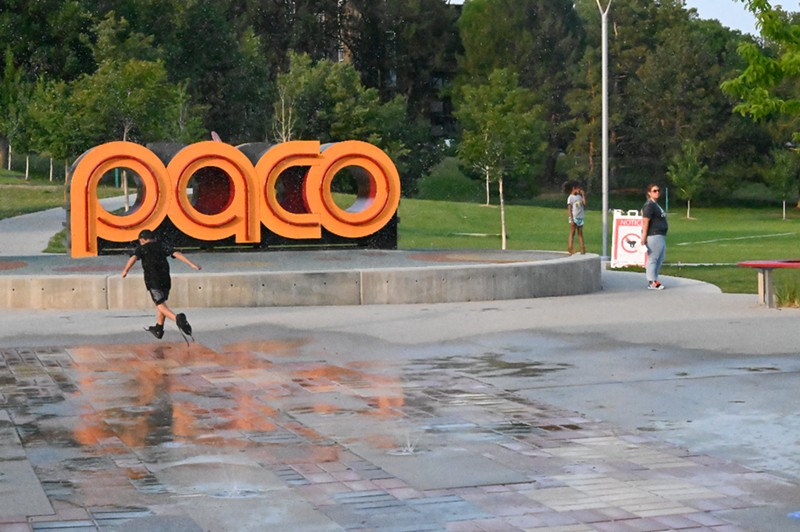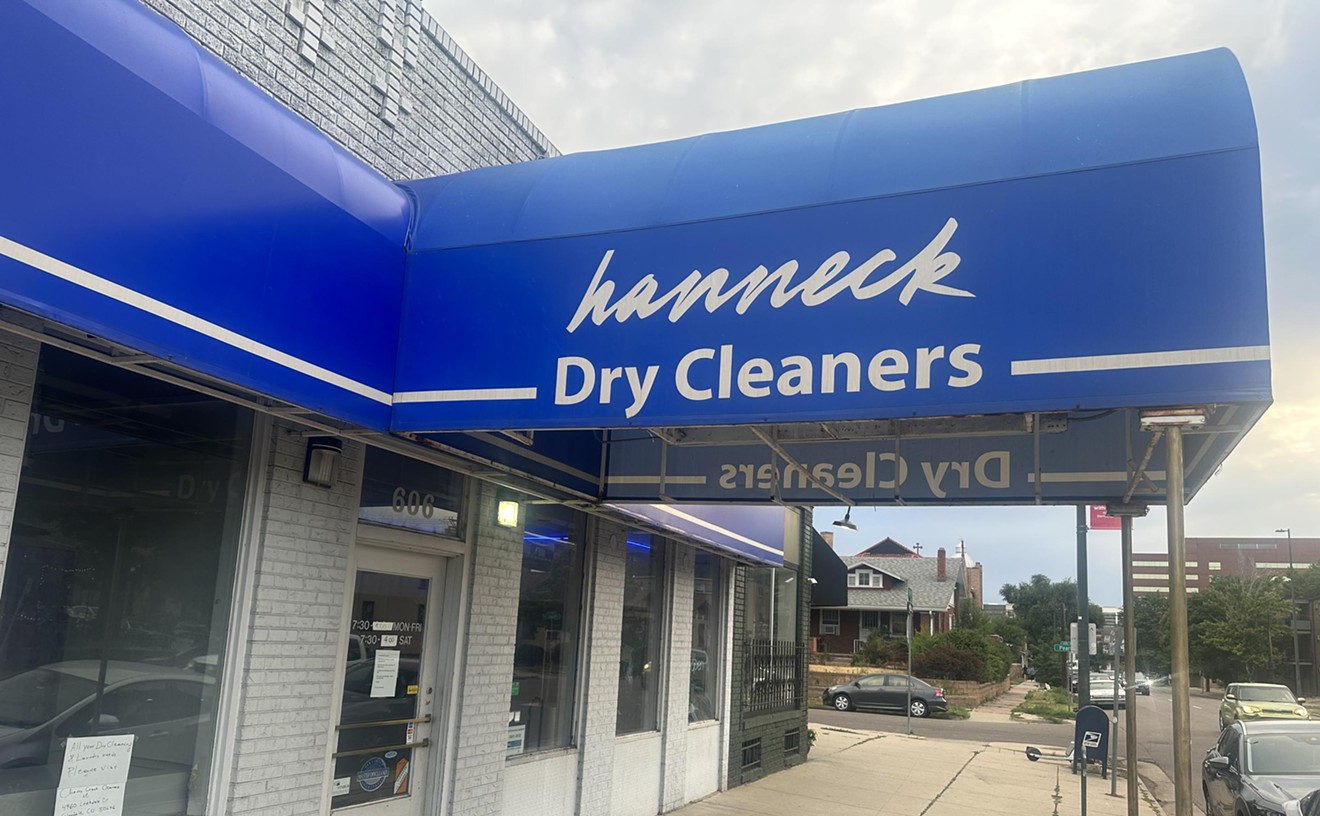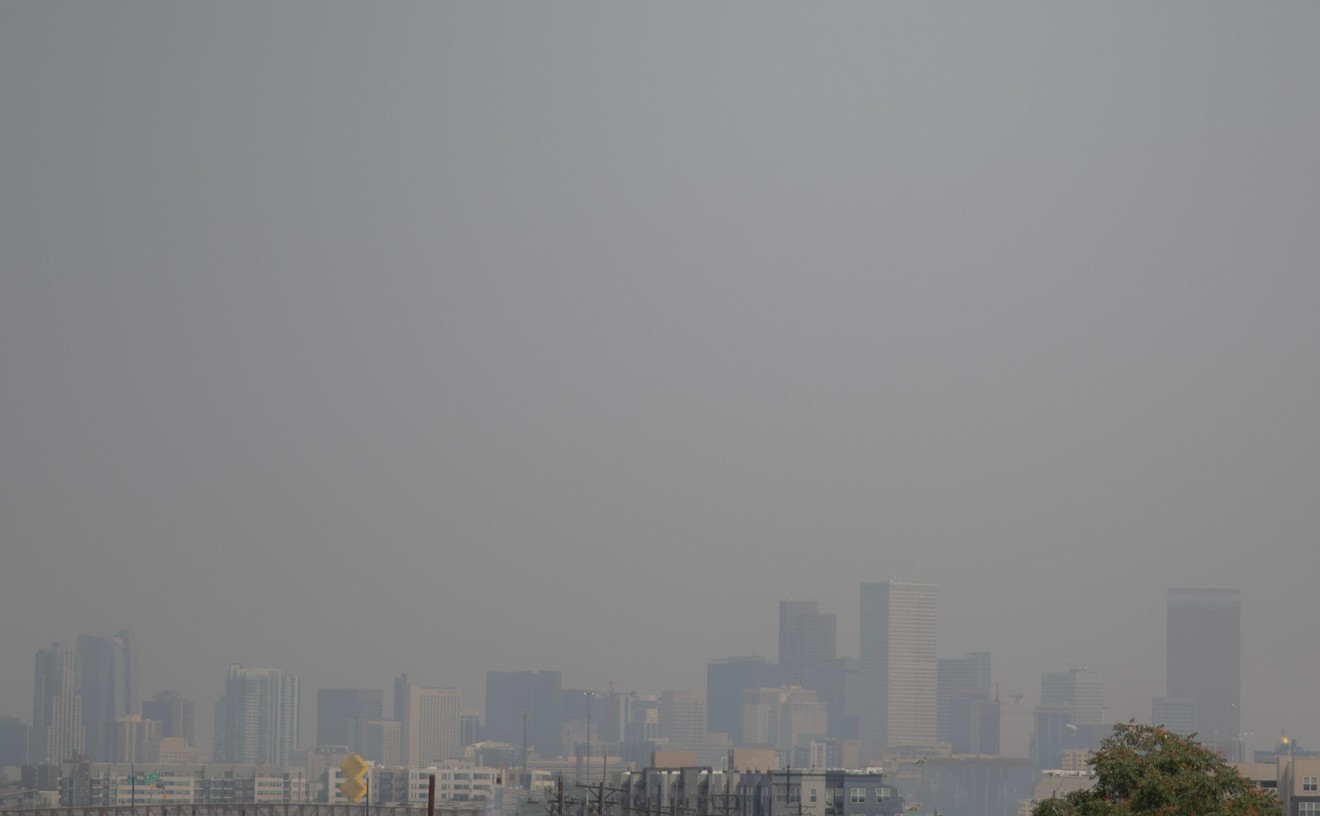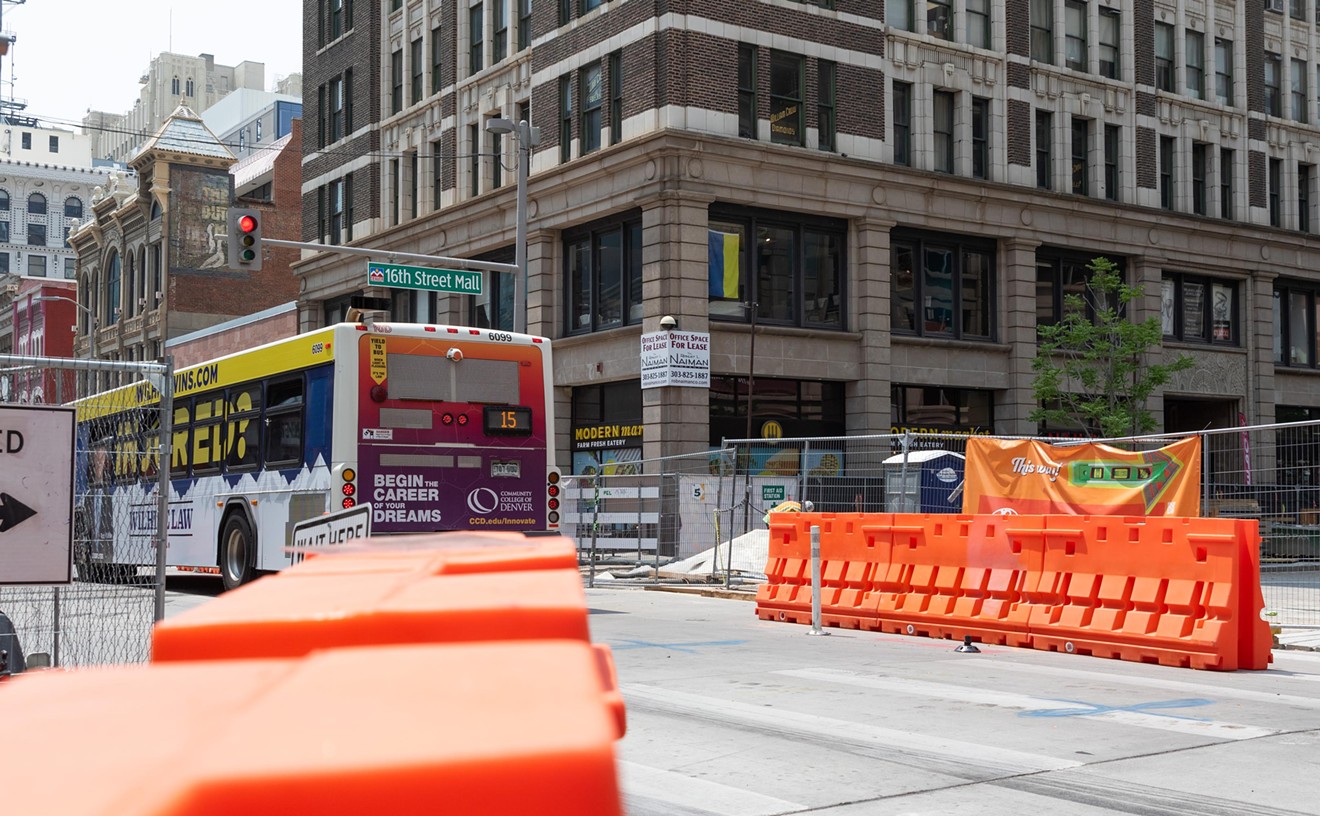Dan Shah, executive director of the West Colfax Business Improvement District, calls the community meetings "a smart policy approach," but tells Westword that businesses in his district still suffer from "nightmarish" vandalism as small homeless encampments of ten to fifteen people crop up along Colfax.
"It's been an incredible amount of people deterred from even going to businesses on Colfax, east and west," Shah says. "And vandalism. The amount of vandalism that we've experienced as a district, broken windows, it's really just become a huge problem."
Shah says vandalism and small encampments have been a problem on Colfax Avenue since COVID; according to Councilmember Jamie Torres, whose District 3 covers West Colfax, homeless residents who couldn't get housing after major sweeps downtown last year have migrated to west Denver's greenways and parks.
During the meeting, Shah asked city officials how they plan to resolve smaller encampments. Large encampments, such as the Ballpark District camp that hosted hundreds of people and took several weeks to sweep in late 2023, are easy to find, but these smaller encampments are harder to spot, he pointed out.
According to Denver police officer Matt Merrion, who leads the homeless resolution team for Denver Police District 1, he and his team of four officers rely largely on complaints from residents who call 311 to report encampments. Merrion says his team also keeps track of encampments by doing patrols.
"My guys are aware of their surroundings. They're out there every day," he tells Westword. "When they find a tent or an RV, they'll address the issue on-site and let people know they have to move within 24 hours. Then they'll come back later that week and see if there's compliance."
Non-compliance can result in a ticket, but Merrion says that his officers will usually have a conversation first to see if they can connect homeless residents with housing; lately his team has found more people living out of RVs than in tents, he adds.
West Denver is dealing with a handful of small encampments spread out around the Sun Valley and La Alma neighborhoods, Torres says, noting that police have given a seven-day notice to a handful of small encampments inside a multi-block area from Federal Boulevard to Tejon Street between Sixth and Tenth avenues.
Like Torres, Merrion believes that sweeps downtown have led homeless individuals to migrate to his police district, but he says that all districts on the outskirts of the downtown are seeing the same trend. He notes that his district hasn't had any large encampments since city officials ordered a sweep of the La Alma encampment at Navajo Street and Eighth Avenue in April.
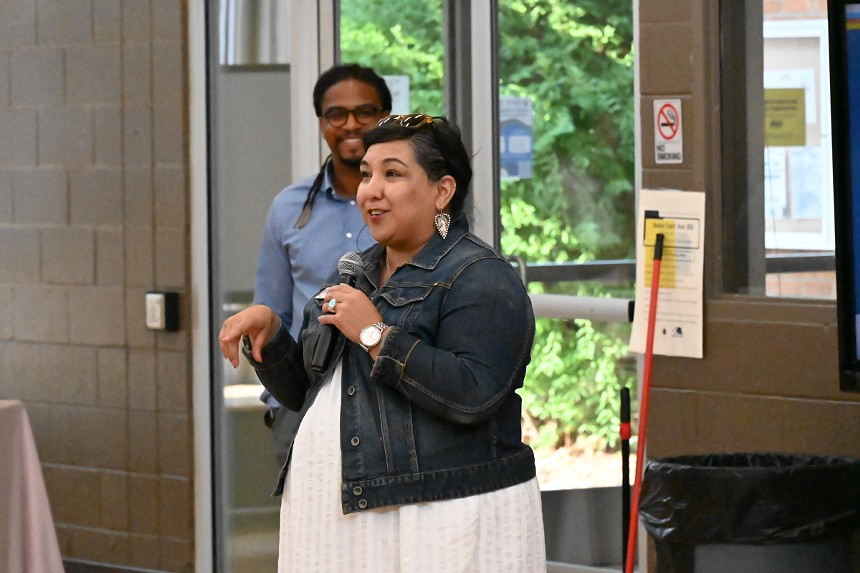
Councilwoman Jamie Torres talks to her constituents in West Colfax about safety. Chief Equity Officer Ben Sanders (left) gave a list of safety improvements in the area.
Bennito L. Kelty
In May, Denver City Council approved a $5 million contract with Housing Connector, a tech company that lists affordable-housing units for homeless residents. The city is now using those to move people straight from encampments to leased units.
"Ideally, those folks will never come back" to homelessness once they're in these units, Torres says.
The councilwoman says that homelessness alone isn't the safety problem — but with these encampments often comes visible drug use.
"It is less about encampments and more about drug activity that's going on here," she says. "It's really about DPD doing what they need to do and building up a community activation."
Tuesday's meeting was a follow-up to a town hall on safety that took place on May 2. It was the first follow-up the city has hosted during its Community Conversations series; Ben Sanders, the city's chief equity officer, told residents that meetings will be held every three months from now on.
Since the first West Colfax meeting on May 2, the city has installed fencing around the western side of Paco Sanchez Park, according to Sanders. Officers now patrol the West Colfax area twenty hours a week, and park picnic tables have been removed as a way of "eliminating negative activity," he noted. Neighborhood cleanups are being planned, as well.
"Some of these fixes are really big," Sanders said during the town hall. "Some of these fixes are really small."
The city updated lighting along some residential streets and in Paco Sanchez Park, mostly by replacing outdated bulbs, and plans to improve more streetlights in the coming weeks, Sanders said. The DPD is also inviting registered neighborhood organizations and apartment complexes to form neighborhood watch associations.
Torres calls these improvements "marginal," and not enough to make the West Colfax area safer in the long term. For lasting safety improvements, she thinks the mayor's office has to get every department across the city working together. Right now, Torres is frustrated that the Department of Excise & Licenses continues permitting clubs and liquor stores in the area despite protests from city councilmembers.
"If Excise & Licenses is not a partner in this, they'll keep licensing liquor stores and clubs and cabarets where we don't need them, where neighbors don't want them," she says. "That partnership is absolutely necessary to build safer corridors."
The mayor launched the Community Conversation series as part of his Citywide Goals 2024, but he was not at the July 23 meeting, as he was on May 2. According to his office, he plans to be at the first Community Conversation on a topic, but not at the follow-up, which is attended by groups of city officials.
Johnston is currently touring city council districts to talk about affordability.

